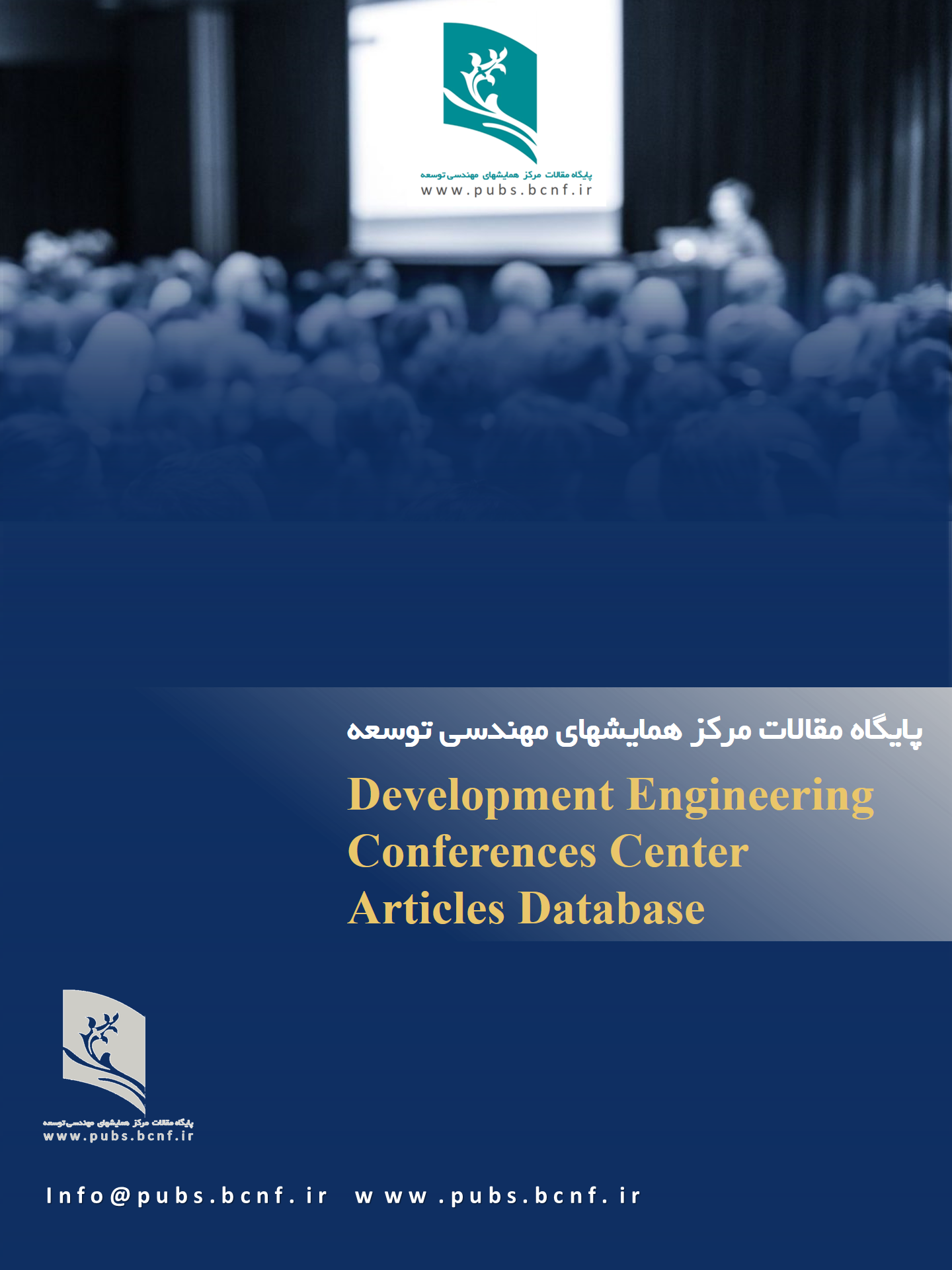Numerical Simulation of Cantilever Pile Wall (CPW) Supporting Excavations
DOI:
https://doi.org/10.5281/zenodo.17099092Keywords:
Cantilever Pile Wall, Numerical simulations, Bending moment, Lateral displacementAbstract
Cantilever Pile Walls (CPWs) are a fast and cost-effective solution for soil retaining structures, known for their sophisticated behavior. This paper investigates the effects of pile center-to-center spacing (S) and pile embedment length (Le) on soil surface settlement, pile bending moment, and wall lateral displacement. The study demonstrates that numerical simulations provide valuable insights into the behavior of CPWs. As Le decreases from 7 to 2.8, and the L/H ratio reduces from 2 to 1.4, the pile behaves more like a cantilever system, with a gradual loss of fixity. Additionally, increasing the surcharge load from 0 to 60 kPa results in a 172% increase in the predicted maximum bending moment of the pile. This numerical study enhances the understanding of CPW behavior under various loading conditions.
Downloads
References
[1] Darvishi Alamouti, S., Moradi, M. and Bahaari, M. (2019). Centrifuge modelling of monopiles subjected to lateral loading. Scientia Iranica, 26(6), pp. 3109–3124. DOI: 10.24200/sci.2018.20222.
[2] Li, L., Shi, A., Zhang, L., Xiao, H. and Jiang, M. (2021). Experimental investigations on the mechanically stabilised earth wall under static load conditions. European Journal of Environmental and Civil Engineering, 25(4), pp. 575–598. DOI: 10.1080/19648189.2018.1537898.
[3] Djadouni, H., Trouzine, H., Gomes Correia, A. and Silva Miranda, T.F. (2021). 2D numerical analysis of a cantilever retaining wall backfilled with sand–tire chips mixtures. European Journal of Environmental and Civil Engineering, 25(6), pp. 1119–1135. DOI:10.1080/19648189.2019.1570870.
[4] Fall, M., Gao, Z. and Ndiaye, B.C. (2019). Three-dimensional response of double anchored sheet pile walls subjected to excavation and construction sequence. Heliyon, 5, Article e01348. DOI: 10.1016/j.heliyon.2019.e01348.
[5] Chogueur, A., Abdeldjalil, Z. and Reiffsteck, P. (2018). Parametric and comparative study of a flexible retaining wall. Periodica Polytechnica Civil Engineering, 62(2), pp. 295–307. DOI: 10.3311/PPci.10749.
[6] Aparna, N. and Samadhiya, K. (2020). Evaluation of model sheet pile wall adjacent to a strip footing – an experimental investigation. International Journal of Geotechnical Engineering, 14(7), pp. 828–835. DOI: 10.1080/19386362.2019.1581459.
[7] Rashidi, F. and Shahir, H. (2019). Numerical investigation of anchored soldier pile wall performance in the presence of surcharge. International Journal of Geotechnical Engineering, 13(2), pp. 162–171. DOI: 10.1080/19386362.2017.1329258.
[8] Yáñez-Godoy, H., Mokeddem, A. and Elachachi, S.M. (2017). Influence of spatial variability of soil friction angle on sheet pile walls structural behaviour. Georisk: Assessment and Management of Risk for Engineered Systems and Geohazards, 11(4), pp. 299–314. DOI: 10.1080/17499518.2017.1297465.
[9] Godavarthi, V.R., Mallavalli, D., Peddi, R., Katragadda, N. and Mulpuru, P. (2011). Contiguous pile wall as a deep excavation supporting system. Leonardo Electronic Journal of Practical Technology, 19, pp. 144–160.
[10] Ho, A., Wright, M. and Ng, S. (2013). Deep excavation in Hong Kong – Cantilever bored pile wall design using CIRIA Report No. C580. In: Proceedings of the XVIII International Conference on Soil Mechanics and Geotechnical Engineering, September, Paris, France.



